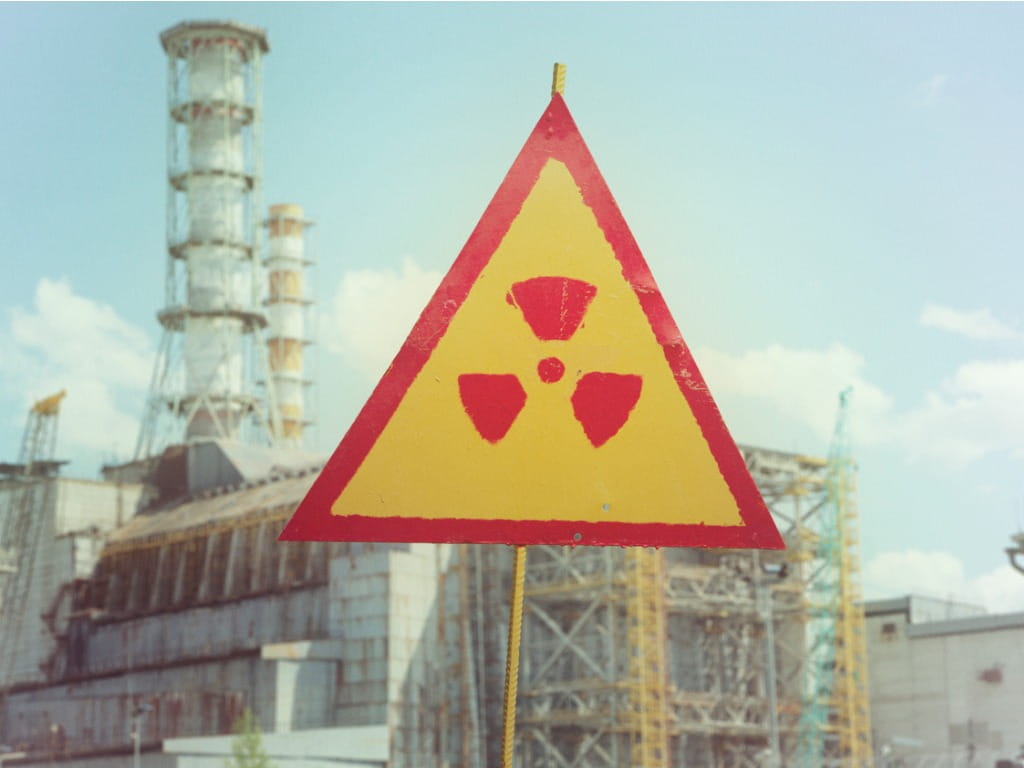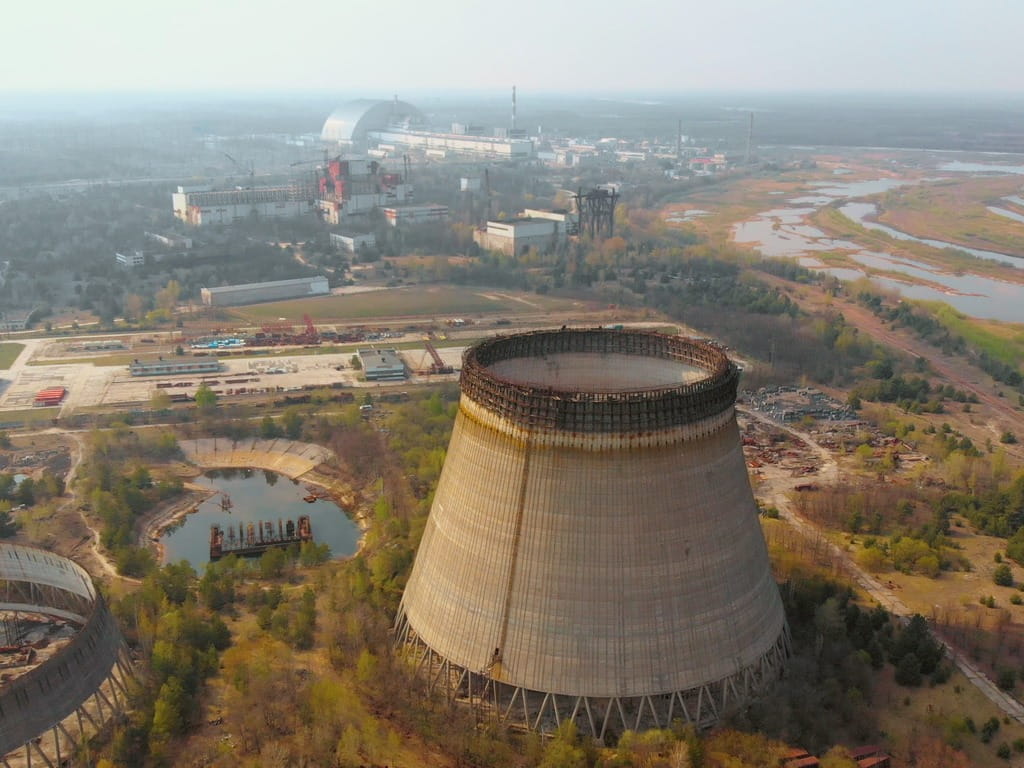Is Chernobyl Safe Today?

The Bottom Line
While local spikes in radiation have been measured in the region around Chernobyl from soil disturbances due to the conflict in Ukraine, the increases in radiation do not pose any significant health risks for most individuals.

The Full Story
In 1986, the Chernobyl nuclear power plant in Ukraine exploded. As with all large accidents, there was a series of events that lead to the ultimate disaster. The explosion caused immediate deaths from the blast, but there were also delayed deaths and illnesses because of the radioactive materials that were launched into the air and spread across the region.
After the accident, an exclusion zone was created to outline the regions where the highest levels of contamination were. Scientists collected soil and water samples to determine the boundaries of the zone, and ended up with an area surrounding the explosion site, that is about 1000 square miles (just about the size of Yosemite National Park in California). The exclusion zone consists of mostly abandoned and contaminated property. Despite this, some small communities have chosen to stay in their home towns within the exclusion zone. In the areas where people were allowed to return, there are strict laws prohibiting the growing of food due to soil contamination with radioactive materials.
Russian troops recently crossed over borders to invade Ukraine, using paths that passed through the Chernobyl exclusion zone. Dust and dirt were disturbed and kicked up into the air and higher radiation levels have been detected because of this. However, these elevated radiation levels are expected to drop again once the dust settles back down to the ground. In April 2020, there were wildfires in the forests surrounding Chernobyl that caused similar surges in nearby radiation levels. As the dust settled, the radiation levels went back down to normal.
According to the International Atomic Energy Agency (IAEA), there were more than 100 radioactive elements released during the explosions at Chernobyl. Based on the half-lives (the time it takes for 50% of the element to degrade), many of the elements have already broken down into stable, non-radioactive forms. However, some radioactive elements remain and will persist in the areas around Chernobyl for years. Strontium-90 and Cesium-137 are two dangerous radioactive materials known to still exist in and around the site. Theoretically, people and items moving through this region could become contaminated by dust or debris in the air. When humans are exposed to radioactive dust by getting it on the skin, breathing it in, or swallowing the dust, unwanted health effects may occur. These effects could be mild and short-lived like vomiting and diarrhea, or they could be long-term and more serious, like cancer.
Remember, we are constantly exposed to low level radiation (this is called “background radiation”) from the world around us. Radiation is a scary topic – one can’t help but think about cancer and contamination. At this point, the radioactive dust being generated from Russian troops traveling through the Chernobyl exclusion zone should not cause immediate health issues around the globe. People in the immediate area of the contaminated exclusion zone dust should minimize their time spent there if possible, take care to avoid inhalation and ingestion of the contaminated dust, and wash themselves off when leaving the area. Allowing the radioactive material to remain in the environment and decay naturally, while limiting people’s access to the region, is the best way to avoid radiation exposure from Chernobyl.
If you suspect a poisoning, contact Poison Control. Get an immediate personalized recommendation online or call 1-800-222-1222. Both options are free, confidential, and available 24 hours a day.
Pela Soto, PharmD, BSHS Pharmacogenomics, BS Microbiology
Certified Specialist in Poison Information
Poisoned?
Call 1-800-222-1222 or
Prevention Tips
- If you have been exposed to radioactive dust, basic decontamination is the most important thing to do.
- Avoid travel to regions known to have high levels of radioactive contamination.
This Really Happened
In 2020, wildfires broke out in the forests around Chernobyl in Ukraine. Minor increases in radiation were measured in the air from the disturbance of contaminated soil and plant matter due to the fires. The amount of radiation measured in the air remained below the safety thresholds in Ukraine and did not pose any concerns for public health either in Ukraine or globally. The fires did not threaten the security of the Chernobyl power plant itself, where highly radioactive materials are contained within a large enclosure made of thick concrete and metal. As the dust settled, the radiation levels went back down to normal.For More Information
Oak Ridge Institute for Science and Education. Radiation Emergency Assistance Center/Training Site
International Atomic Energy Agency. Frequently Asked Chernobyl Questions.
Chernobyl: The end of a three-decade experiment. BBC News, Feb 14, 2019.
References
Poisoned?
Call 1-800-222-1222 or
Prevention Tips
- If you have been exposed to radioactive dust, basic decontamination is the most important thing to do.
- Avoid travel to regions known to have high levels of radioactive contamination.
